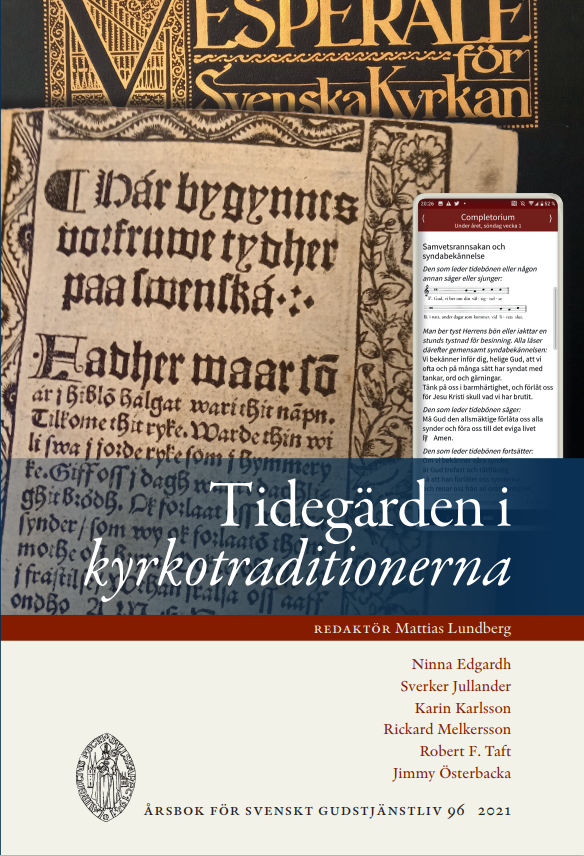Readjustment – and then?
The Effects of the Covid-19 Pandemic on Church Services and Parish Life in the Church of Sweden
Abstract
This article studies the effects of the covid-19 pandemic on church life in Sweden, and especially the liturgical life of Church of Sweden. During the first year of the pandemic (spring 2020 – spring 2021) local services were increasingly replaced by worship in front of the computer screen. Eucharist was celebrated less frequently and church buildings were for extended periods of time closed not only for services, but also for visitors. The article discusses ecclesiological challenges related to two aspects of these changes.
The first aspect concerns the exploding amount of locally shaped varieties and types of worship, when parishes were encouraged to celebrate ”in a way that is possible”. The author relates this to a longer development that may be observed since the early 1970:s, and which has been summarized by theologian Marie Rosenius as ”autonomization”. Parishes have gradually become more separated from each other on a horizontal axis, while simultaneously being dissociated from their dioceses vertically. The effects of the pandemic seem to intensify this development, in turn challenging the ecclesiological idea of the Church of Sweden as defined by a liturgy that is recognizable from one week to the next and from one parish to another. This relates to the second aspect studied here, which concerns the tension between embodiment and disembodiment of church life. Digitalization of liturgical life clearly taps into the latter trend, challenging the ecclesiological idea of the local gathering as the primary expression of the church.
Downloads
Published
Issue
Section
License
Copyright (c) 2022 Ninna Edgardh

This work is licensed under a Creative Commons Attribution-NonCommercial-NoDerivatives 4.0 International License.
© the authors, Laurentius Petri Sällskapet för Svenskt Gudstjänstliv and Artos & Norma Bokförlag. Copying and using material from Svenskt Gudstjänstliv for scholarly purposes is permitted as long as the source is indicated. For other uses, please contact the respective author as well as the publisher. Special restrictions may apply to images.


